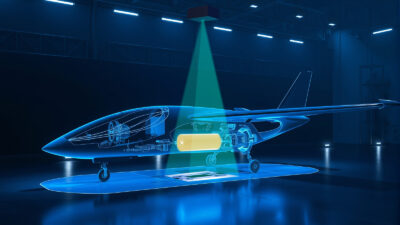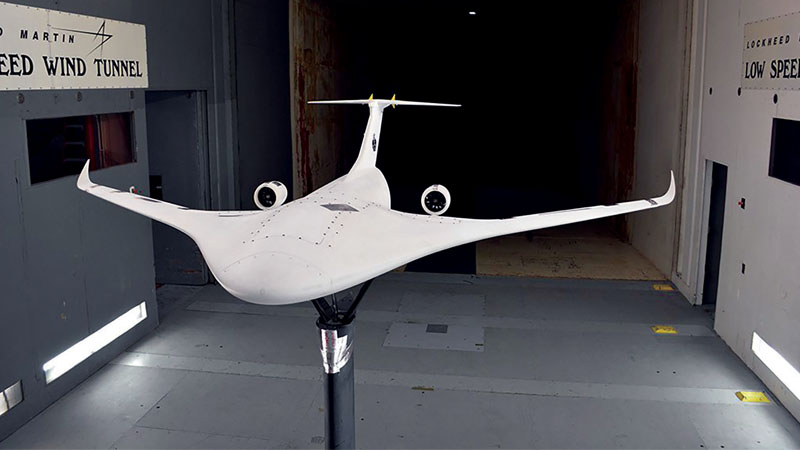Aircraft operations begin to recover from covid
By Tom Reynolds|December 2021
The Aircraft Operations Technical Committee promotes safe and efficient operations in the airspace system by encouraging best practices and information-sharing among the community and government agencies.
After a 70% drop in aviation operations and 90% drop in passengers during the first half of 2020 due to covid, there was a gradual recovery in domestic demand this year, with U.S. flight and passenger numbers down about 20% compared to pre-covid levels by mid-September. Cargo demand was robust, even higher in some global regions compared to before the pandemic, but international passenger traffic remained weak compared to 2019.
The FAA continued to move the air traffic control system toward Trajectory-Based Operations, which uses more time-based traffic control. In preparation for planned implementation of the Terminal Sequencing and Spacing component of TBO in 2022, testing continued at the Denver terminal radar approach control facility, which will be the first operational site. To address the impact of convective weather on Trajectory-Based Operations, preparation for a test of the NASA-developed Dynamic Routes for Arrivals during Weather technology continued at the FAA Technical Center.
Urban air mobility and advanced air mobility concepts continued to evolve. The FAA has been updating its UAM concept of operations and worked with NASA on its Advanced Air Mobility National Campaign. After completion of the National Campaign X3 simulations in 2020, NASA selected seven companies in July 2021 to participate in the next round of simulations — called X4 and scheduled for 2022 — to work toward integrating air taxis, cargo delivery aircraft and other new vehicle concepts into the national airspace system. The air taxi development sector continued to grow, with startups Archer, Joby and Lilium going public in September, August and September, respectively. A number of prospective air taxi operators announced plans to buy vehicles, including UPS in April and American Airlines, Halo Aviation and United Airlines in June. NASA spent considerable time engaging the community this year, establishing working groups focused on aircraft, airspace, community integration and cross-cutting topics. Most recently NASA completed a flight test with Joby Aviation to measure the acoustic signature of the company’s S4 prototype.
Agencies around the world made steps toward putting Unmanned Aircraft Systems Traffic Management into operation. The European Union U-Space regulatory framework was published in April, the ASTM UTM standard went up for ballot in October, and the FAA Unmanned Aircraft System Beyond Visual Line of Sight operations Aviation Rulemaking Committee was formed in June. The committee will make recommendations to the FAA for performance-based regulatory requirements to normalize UAS beyond visual line of sight operations that are not under positive air traffic control.
NASA developed a concept of operations for an In-Time Aviation Safety Management System that was presented at numerous technical conferences this year. NASA is coordinating, with the FAA, the concept and developmental flight tests that could lead to immediate benefits during disaster response scenarios.
In the area of supersonic civilian aircraft operations, Lockheed Martin continued to build NASA’s low-boom supersonic flight demonstrator; delivery of the X-59 QueSST experimental vehicle was scheduled for late this year and flight tests to assess the quiet boom technologies and gather community feedback are planned to start in 2022.
Commercial space operations hit a number of milestones this year. SpaceX followed up on its first crewed Crew Dragon flight in May 2020 with two more launches of crews to the International Space Station and the first all-civilian trip to orbit, Inspiration4, in September. As of mid-October, there had been 23 SpaceX Falcon 9 launches this year; the company planned 33 by the end of the year, compared to 26 in 2020. There were notable flights from other commercial space operators, with first passenger (non-test pilot) flights to space of both Virgin Galactic’s SpaceShipTwo and Blue Origin’s New Shepard vehicles in July.
Contributors: Gabriele Enea, Antony Evans and John Koelling



































